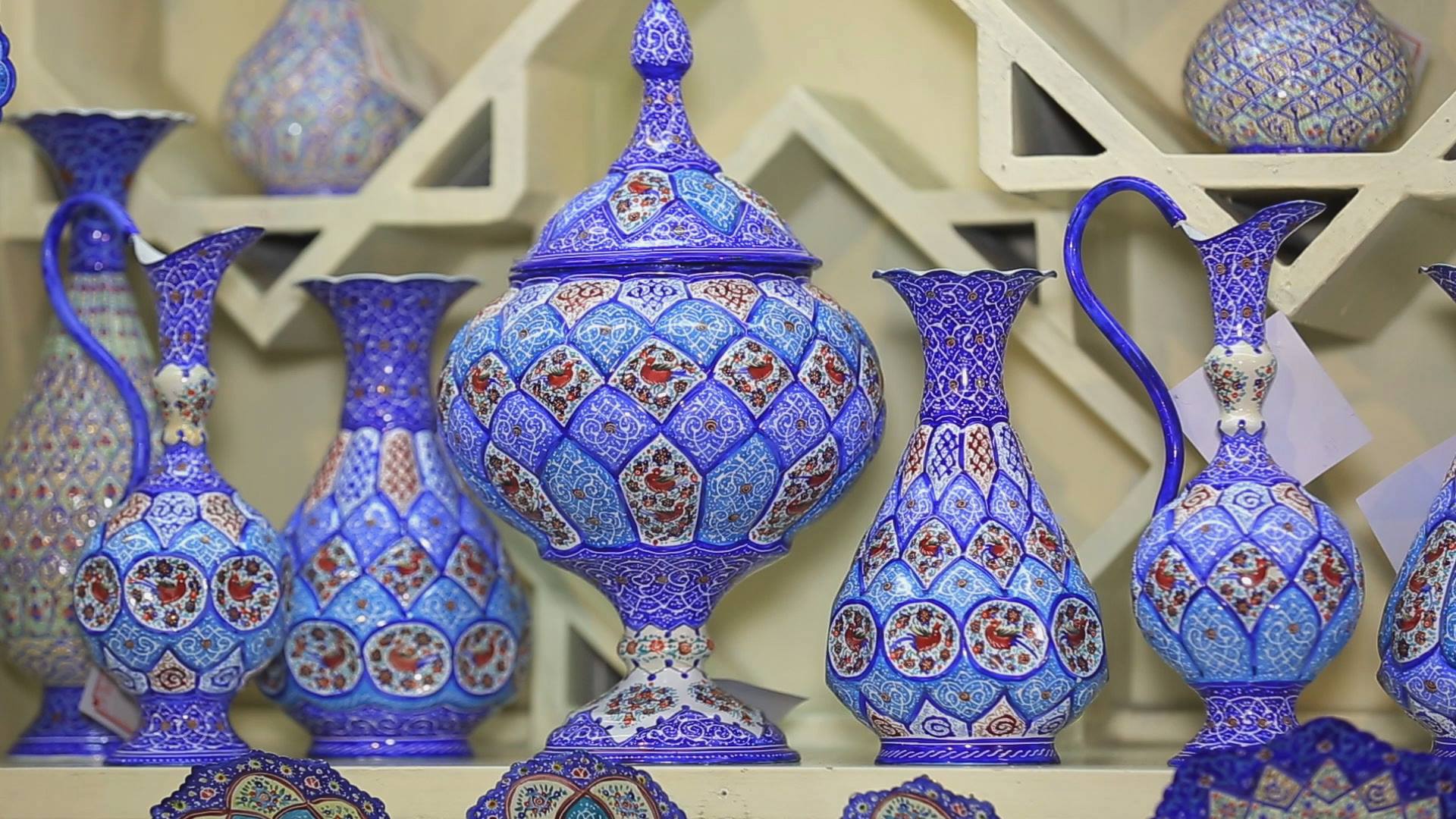Officials at Iran's Cultural Heritage, Handicrafts and Tourism Organization held a forum with lawmakers on Monday to discuss the most feasible ways of promoting Iranian handicrafts in domestic and international markets.
The forum reviewed key elements in the field, including job creation, rural employment, expansion of banking support, insurance coverage, modification of customs and export regulations and fraud prevention, IRNA reported.
Bahman Namvar Motlaq, handicrafts deputy at ICHHTO, highlighted the promising growth of handicraft export in the past several years and said there is no dearth of workforce in small-, medium- and large-sized production units.
"Our handicraft production is efficient but officials should focus on developing a sustainable export platform for the artworks," he said.
Iran’s handicraft exports in the first four months of the current Iranian year (started March 21) increased by 45.5% compared with the same period of last year, marking a record among the country's non-oil exports.
Based on the most recent data, handicraft exports earned $250 million during the period, which indicate a noticeable growth in the country's foreign exchange revenue.
The official said this is a positive trend for Iran's handicrafts, but more needs to be done to exploit the sector's full potentials.
Ali Vaqfchi, the head of handicrafts and carpet faction in the parliament, said the attitude toward traditional crafts in the parliament is positive, which is a great opportunity for handicraft authorities to develop the sector.
"Handicrafts could give rise to considerable economic benefits for the country," he said, calling on ICHHTO officials to further involve the private sector in handicrafts development.
Participants proposed offering tax exemptions, establishing permanent art and craft shops overseas, using handicraft elements in urban structures, extending bank loans for the purchase of handicrafts and involving celebrities for advertising the products to boost the industry.
Iran is among the world’s top three producers of handicrafts, along with China and India.
Iran has over 295 fields of handicrafts, each having their own customers and usage. Among the numerous types of handicrafts in Iran, the most well known are felts, tribal rugs, glasswork, pottery, ceramic and tile, traditional furniture, copper and brass ornaments, woodwork (including mosaic, wood carving and inlaid), enamel work and engravings.


